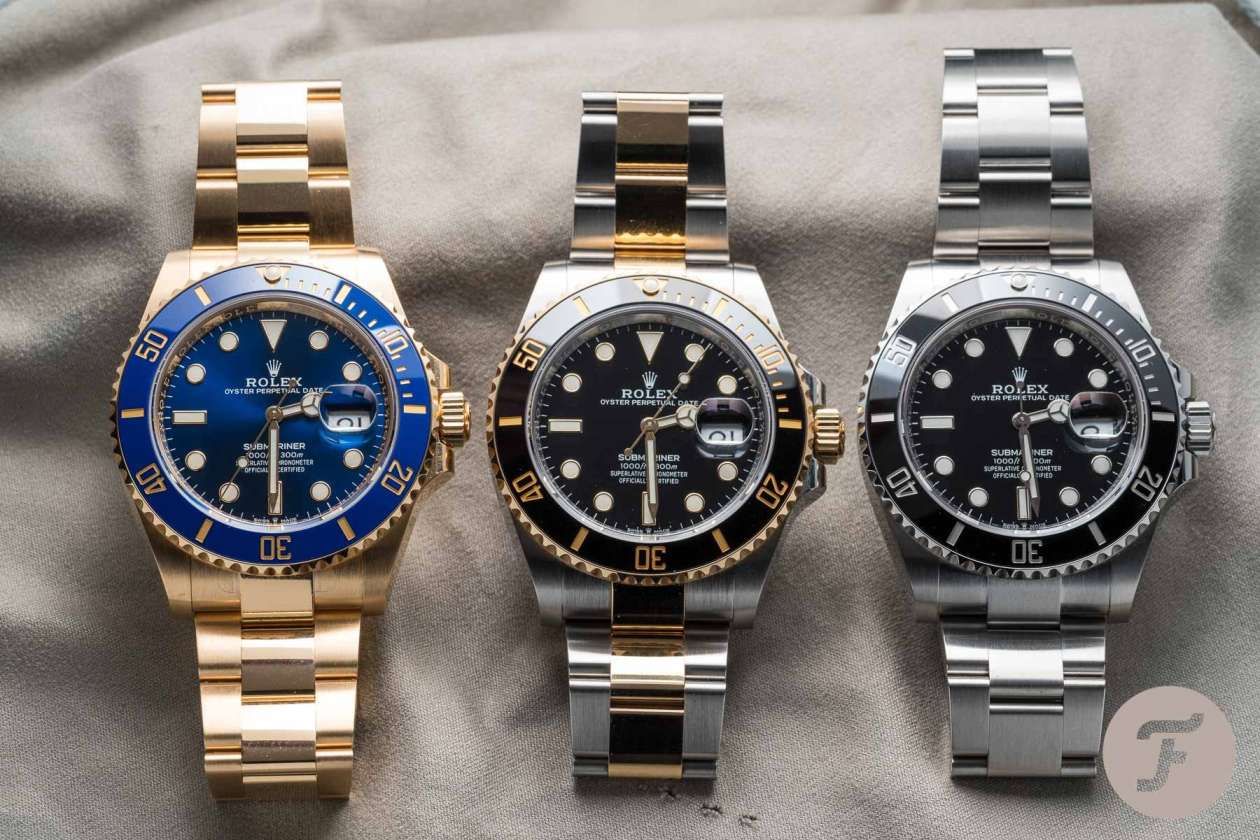In recent years the terms “cruelty-free” and “vegan” have become increasingly popular. To meet growing consumer demand for cruelty-free cosmetics, independent and mainstream brands are launching new cosmetic products that promote cruelty-free and vegan labels. Therefore, it is easier to find vegan or cruelty-free cosmetic products from reliable brands on the market. But have you ever wondered how cruelty-free products differ from vegan products? We often find that these two terms are used interchangeably, by both businesses and consumers. Although “vegan” and “cruelty-free” are not the same thing. What is the difference between them? Let's find out.
In short, "cruelty-free" generally means that no animal testing was done during the process, while "vegan" means no ingredients or ingredients animal origin. The by-products are used in production. However, a product can be cruelty-free and vegan, or it can satisfy one but not the other.
This is how the beauty industry generally uses these two labels. This classifies something as vegan even if it has been tested on animals (i.e. not cruelty-free) and vice versa. This is why we need to learn how the beauty industry and cosmetics companies use these labels today.
Vegan and cruelty-free labeling”
Oh no, the “cruelty-free” label on a product simply means that the product was developed without animal testing, while the “vegan beauty” label means that the product contains no cruelty-free ingredients. Therefore, products may be vegan but still tested on animals, or they may be cruelty-free but contain animal ingredients that may or may not be ethically sourced.
Did you know that the organic compound called squalene, used in anti-aging serums, comes mainly from shark liver oil?
Although squalene is produced by all plants and animals, it is a biochemical intermediate in the biosynthesis of sterols, present in all living things. Lanolin, a moisturizing active ingredient found in our lipsticks, lip glosses and lip balms, is also made from sheep's wool. So our luscious lip treatments might not even be vegan. The collagen protein that increases skin elasticity and maintains keratin to strengthen hair also comes from the cartilage, bones, tendons, skin and connective tissue of animals. However, there are vegan and plant-based alternatives to most animal-based ingredients and there are products on the market that use 100% vegan ingredients. The trick is to identify them correctly at the time of purchase. Let's see how to make the right choice when looking for vegan or cruelty-free cosmetics and beauty products.
How to make the right decision?
A product can be certified cruelty-free if you agree not to order, perform, pay for, or authorise animal testing at any stage of development. Both . Ingredients and finished products. However, sifting through the plethora of beauty products and ingredient lists to find cleaner substitutes can be tedious and confusing.
So how can we really know if a living being was injured or mistreated during the production of our favourite moisturiser? Well, the answer is quite simple; We need to research, do our homework, read, and then educate ourselves.
In particular, look for official "cruelty-free" rabbit logos on products and read the brand's website carefully to ensure it does not use harmful practices. for every living creature. Furthermore, we must ensure transparency in communication and write to them directly if we have questions. Furthermore, we can also verify information on official sites such as the American organisation “PETA”, the international organisation “CCIC & BUAV (Cruelty-Free International)” and the Australian organisation “Choose Cruelty-Free”. list. about cruelty-free products, brands and companies.
Top 10 vegan and cruelty-free beauty and cosmetics brands
- My green space
- Natural therapy
- Primary needs
- Amayra naturals
- Natural solution
- Hemp
- Goli soda
- Moraze
- Paule penders
- Tressmart
End self-care ethically
En As a customer or consumer , our spending spree has the potential that we will encourage any change, especially when we choose to make premium purchases. Therefore, by ensuring that a beauty brand is vegan and cruelty-free, we can not only address our skin concerns, but also help change the overall look and feel of beauty and personal care products in the beauty industry.
Read More: Fenty Beauty by Rihanna
Frequently asked questions
What makes makeup and skincare products vegan and cruelty-free?
The term “cruelty-free” certifies that a makeup or skincare product was developed without animal testing, while vegan products contain no ingredients of animal origin.
Why should makeup and skin care cosmetics be used? aren't they based on animals?
Testing cosmetics on animals is not only cruel and unethical, but also useless; Because companies can develop innovative products with several commonly used ingredients that require no further testing because they already have a history of safe use.
What is the universal symbol for cruelty-free?
The only internationally recognized "cruelty-free" symbol is the Leaping Bunny logo, giving consumers peace of mind. Please note that no other animal testing was performed on any product with this feature during development. Therefore, the logo often appears on cruelty-free product packaging, in advertising, and on cosmetic and household product websites around the world.
What ingredients are used to make cosmetics vegan?
All organic vegan cosmetics brands use only natural origin substitutes vegetable for the active ingredients and strictly avoid products of animal origin, including beeswax. Furthermore, vegan cosmetics and eco-friendly personal care products are always packaged with recycled or biodegradable materials to ensure minimal impact on the environment.
Are vegan cosmetics also chemical-free?
Although vegan cosmetics may contain some artificial ingredients which are often used also in the production of conventional cosmetic products, they do not contain chemical substances of "animal origin".
.








.webp)